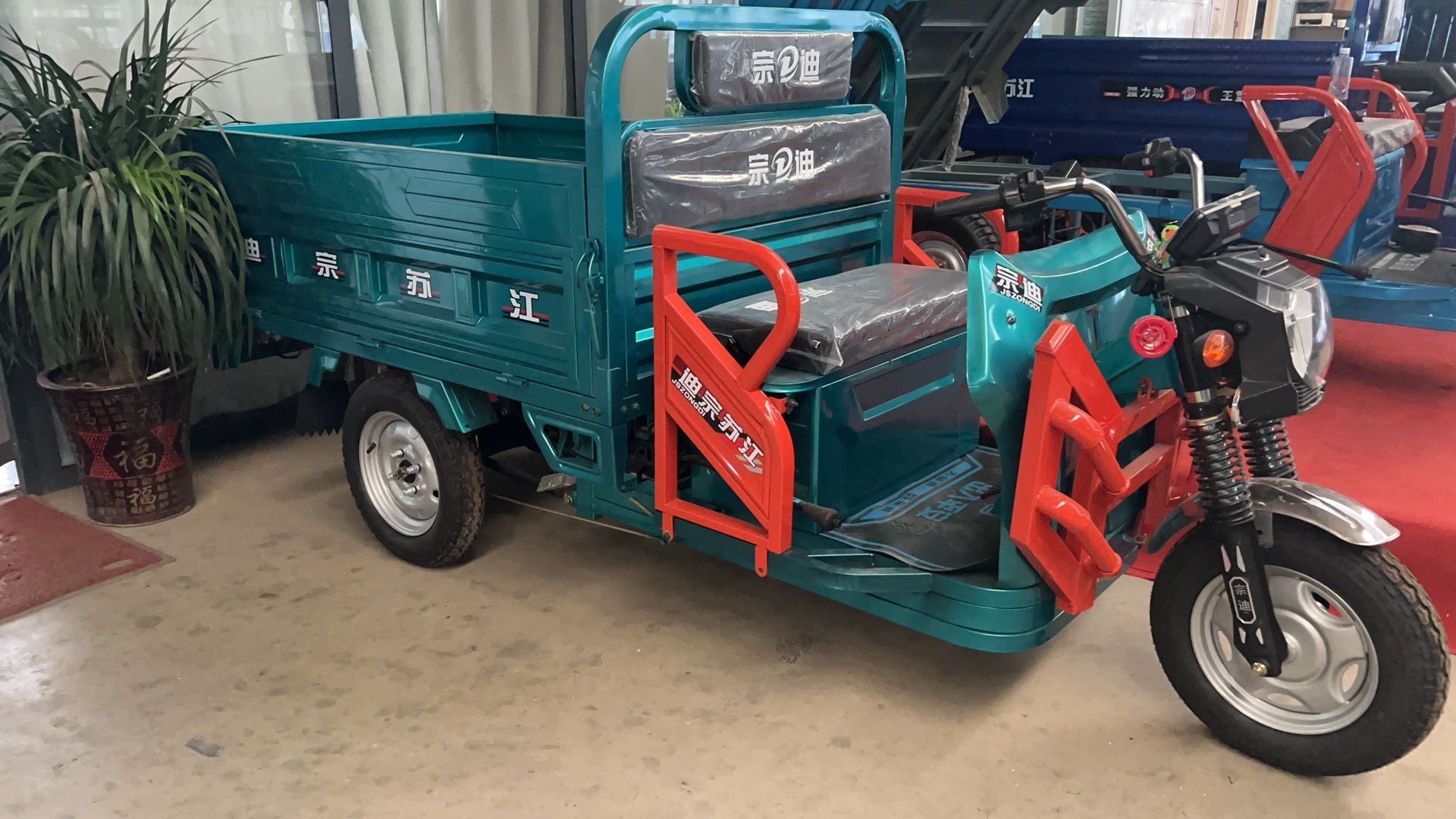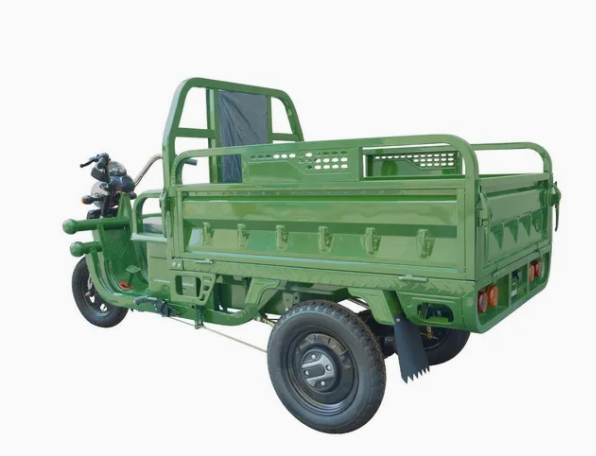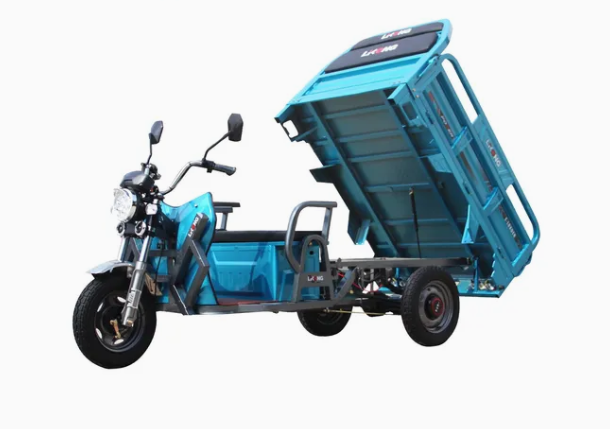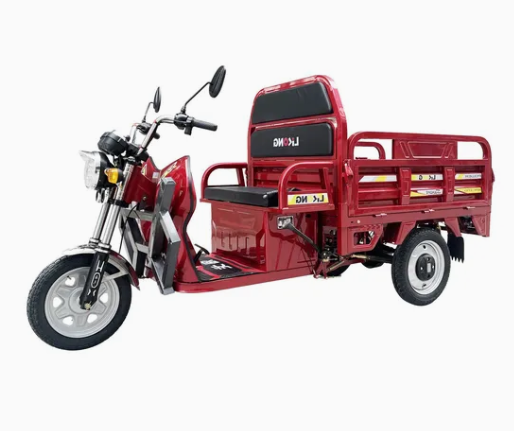Major applications of Electric Cargo Three Wheelers
News 2022-06-14
What are the major applications of Electric Cargo Three Wheelers?
Electric cargo three wheelers are primarily used for last-mile delivery services, e-commerce logistics, urban cargo transportation, and passenger transportation in various sectors such as retail, food and beverage, and manufacturing.

Electric cargo three-wheelers have emerged as a vital force in urban logistics, driven by technological innovation and environmental demands. As of 2023, the global market size for these vehicles exceeded $8.5 billion, with Asia accounting for 65% of total sales. This remarkable growth stems from their unique adaptability across multiple sectors.
Within urban delivery networks, these silent workhorses form the backbone of last-mile logistics. Major e-commerce platforms like JD.com and Amazon Flex deploy customized three-wheelers with modular cargo boxes. A typical delivery model in Beijing shows each vehicle completes 120-150 parcel deliveries daily within a 5km radius, achieving 40% higher efficiency than traditional vans while reducing carbon emissions by 2.1 tons annually per unit. The enclosed cabins now incorporate temperature control systems, enabling cold chain transportation for pharmaceuticals and fresh produce.
Municipal services have undergone quiet revolution through electrification. In Shanghai’s Huangpu District, 320 sanitation three-wheelers equipped with AI garbage accumulation points with 94% accuracy. Waste collection efficiency has improved by 70% compared to previous diesel models. The latest models feature automatic weighing systems that transmit real-time data to municipal management platforms, enabling dynamic route optimization.
Industrial applications demonstrate remarkable versatility. At the Port of Mumbai, customized heavy-duty models transport shipping container samples between terminals. Their 800kg payload capacity and 120cm ground clearance enable navigation through crowded dock areas inaccessible to larger trucks. Mining operations in Australia’s Pilbara region utilize explosion-proof variants for underground material transport, reducing ventilation costs by 30% compared to diesel alternatives.
Emerging markets reveal innovative adaptations. In Bangalore’s tech parks, mobile charging stations on three-wheel IT workers’ devices during monsoon outages. Nigerian entrepreneurs have developed modular units combining refrigeration and solar charging capabilities, creating mobile cold storage solutions that reduce agricultural product loss by 40%.
Technological advancements are reshaping vehicle capabilities. The latest generation features:
- 5G-connected telematics systems monitoring 23 vehicle parameters 8-year lifespan
- Regenerative braking recovering 18% of kinetic energy
- Driver fatigue monitoring through facial recognition
Government policies accelerate adoption. China’s “Dual Carbon” strategy mandates 30% electrification of urban logistics fleets by 2025. The European Union’s Urban Mobility Package offers’s FAME-II program has driven deployment of 78,000 commercial three-wheelers since 2020.
Market projections suggest compound annual growth of 12.4% through 2030, with particular expansion in cold chain logistics and emergency service vehicles. The convergence of IoT technology and clean energy solutions positions electric cargo three-wheelers as critical infrastructure in the global transition to sustainable urban development.



